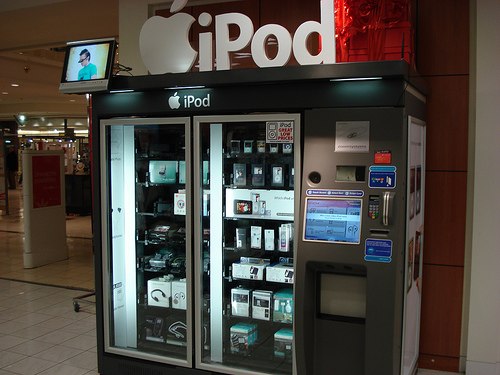

#Mac vendor lookup tool mac#
This 48-bit address space contains potentially 248 or 281,474,976,710,656 possible MAC addresses.Īll three numbering systems use the same format and differ only in the length of the identifier. The original IEEE 802 MAC address comes from the original Xerox Ethernet addressing scheme. Another convention used by networking equipment uses three groups of four hexadecimal digits separated by dots (. This form is also commonly used for EUI-64. The standard (IEEE 802) format for printing MAC-48 addresses in human-friendly form is six groups of two hexadecimal digits, separated by hyphens ( -) or colons ( :), in transmission order (e.g. The IEEE claims trademarks on the names EUI-48 and EUI-64, in which EUI is an abbreviation for Extended Unique Identifier. MAC addresses are formed according to the rules of one of three numbering name spaces managed by the Institute of Electrical and Electronics Engineers (IEEE): MAC-48, EUI-48, and EUI-64. This can be contrasted to a programmed address, where the host device issues commands to the NIC to use an arbitrary address.Ī network node may have multiple NICs and each must have one unique MAC address per NIC. It may also be known as an Ethernet hardware address ( EHA), hardware address or physical address.

If assigned by the manufacturer, a MAC address usually encodes the manufacturer's registered identification number and may be referred to as the burned-in address ( BIA).

MAC addresses are most often assigned by the manufacturer of a network interface controller (NIC) and are stored in its hardware, such as the card's read-only memory or some other firmware mechanism. Logically, MAC addresses are used in the media access control protocol sublayer of the OSI reference model. MAC addresses are used as a network address for most IEEE 802 network technologies, including Ethernet.


 0 kommentar(er)
0 kommentar(er)
